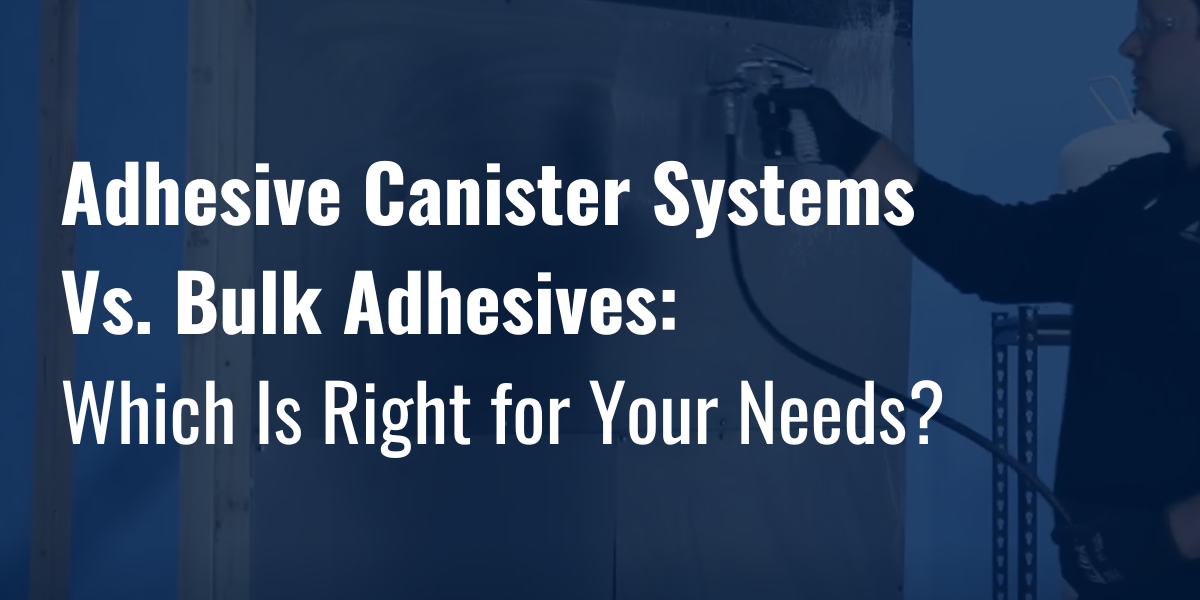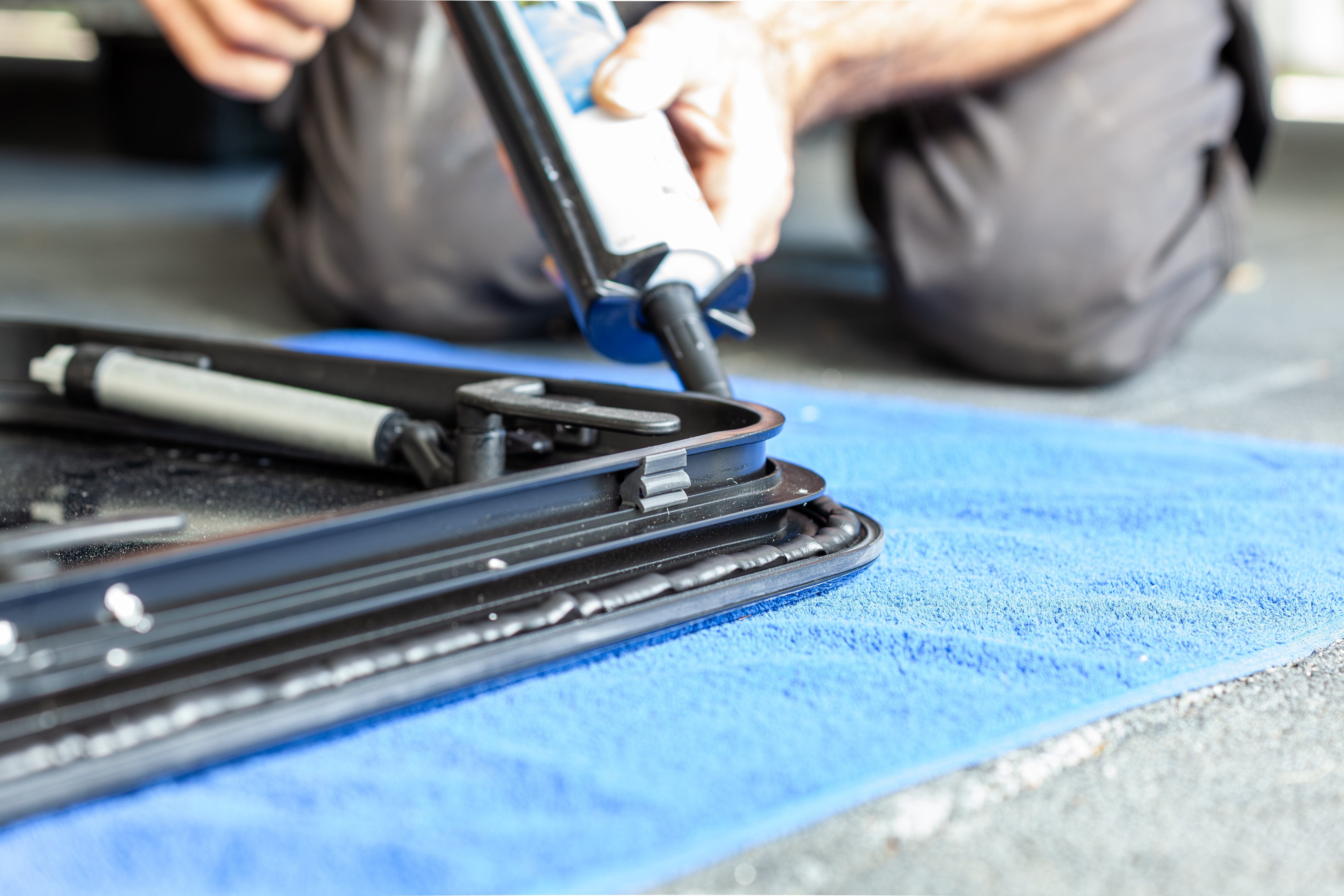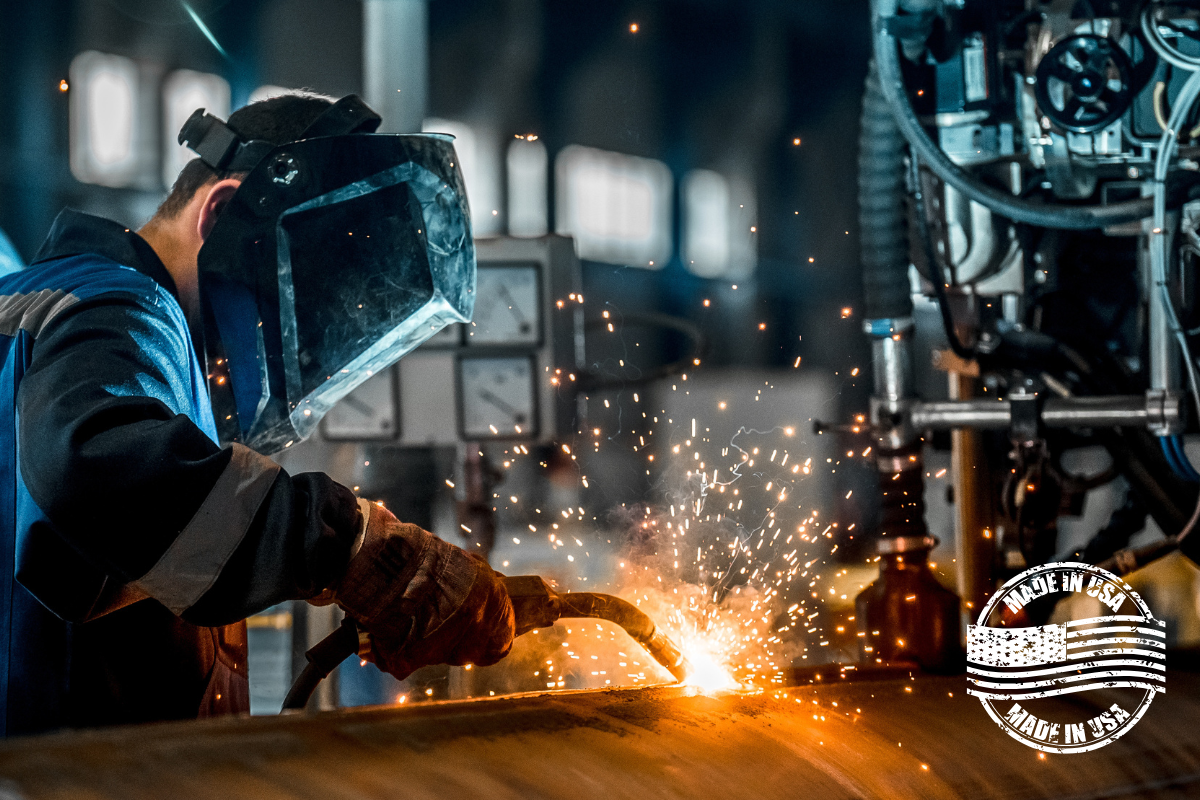Austin Hardware: 2024 Year in Review
As December comes to a close, you’ll see a surge of Year in Review articles and blog posts, and Austin Hardware is no exception. This year, we've made several improvements to our services and initiated additional projects that will culminate in 2025. Our aim is to provide more value to our customers and help them achieve greater success.
Here’s a look back at 2024 with an eye toward 2025 and beyond.
Implementation of Market Dojo
Market Dojo is now the primary platform for our purchasing department to send Requests for Quotations (RFQs). Vendors receive an invitation from us to bid on an RFQ through Market Dojo and are required to submit their bids via the Market Dojo portal. The advantages of using Market Dojo include streamlining our sourcing process and allowing us to receive bids more efficiently. Most importantly, it helps us identify the best suppliers and negotiate the most favorable deals, ultimately resulting in lower costs for our customers.
Implementation of eTurns TrackStock
To further enhance our Vendor Managed Inventory and Customer Managed Inventory programs, we implemented eTurns TrackStock, a user-friendly turnkey, auto-replenishment software solution with the full spectrum of point-of-use inventory management features. It is the next-gen software for streamlining point-of-use replenishment. Some of the enhancements of eTurns TrackStock include:
- - Assisting with creating pulls, orders, and receives
- - Allows users to set min/max levels
- - Optimizes replenishment to help reduce inventory, carrying costs, and procurement labor
- - Works ten times faster than replenishing using spreadsheets or e-commerce
- - Provides VMI team with enhanced reporting for increased efficiency
Construction of a Climate-Controlled Addition to our Lee’s Summit, MO Warehouse
We recently completed a 6,500-square-foot, temperature-controlled expansion of our Lee’s Summit, MO warehouse. It was built specifically to store our wide selection of chemical products, such as sealants and adhesives. The added space allows us to stock more products appropriately per manufacturer recommendations.
Most chemical products must be stored in a climate-controlled environment to preserve longevity and effectiveness. For example, many single-component sealants/adhesives are moisture-curing; therefore, managing humidity while in storage is essential. This expansion is an example of our commitment to providing top-of-the-line products and to being the most reliable, conscientious partner for our customers and suppliers.
Continued Focus on Hiring the Best
At Austin Hardware, we are dedicated to providing exceptional service to our customers, and this begins with having the best team. We are constantly on the lookout for talented and driven individuals who share our passion for excellence and innovation. By attracting top talent, we ensure that we consistently meet and exceed our customers' expectations, delivering the outstanding experiences they deserve. In 2024, we continued to strengthen our Purchasing and Sales departments, as well as our warehouses, to ensure we are effectively sourcing, servicing, and shipping products for you.
California Location Moves to a New Home
In 2024, our California location relocated 14 miles northwest of Mira Loma to a new facility in Ontario. Our exceptional California team successfully moved a 10,000-square-foot facility, which housed over 700 different part numbers, to the new location in just 2 days. This transition was completed on time and without any negative impact on our customers. The new location is 17,000 square feet, providing an additional 7,000 square feet of space. This expansion allows us to maintain a larger inventory and better serve our customers in the West.
New Website Coming in 2025
We are excited to announce that we are working on the first major upgrade to our website in several years. The upgrades will offer a range of exciting benefits for our customers, enhancing your shopping experience to be smoother, faster, and more enjoyable. You can expect improved speeds and streamlined navigation for effortless browsing. Enhanced search and filtering tools will allow you to quickly find exactly what you need.
The new mobile-friendly interface will provide a seamless experience on any device, enabling you to explore and make purchases anytime, anywhere. More personalized recommendations, clearer product details, and faster checkout options will allow our new website to deliver the convenience you’ve come to expect from modern online shopping.
We anticipate ongoing growth and improvements in our product lines and services to better serve our customers in the future, and we will keep you updated on these developments. We also wish all our customers and their families a Happy New Year and our best wishes for great success in 2025.
















